Inspired by her religion, this under-celebrated Muslim woman from Africa founded the oldest university in the world, pioneering a model of higher education.
IHSAN ALI, QADIAN
SEPTEMBER 9, 2020
In their special series of ‘Hidden Her-stories’, Girlboss, a community of women working for female empowerment, featured the story of an Arab Muslim who brought higher education to the entire world[1]. Vice went with the headline: The World’s Oldest University Was Founded by a Woman of Color[2]. Inside Arabia put it this way, Al-Qarawiyyin University in Fes: Brainchild of a Muslim Woman[3].
The modern world generally has a perception of Muslim women as being oppressed, who are demure and are not bold enough to step out, usually remaining confined into the four walls of their homes.
However, the history of Islam has a totally different story to tell. From the very women of the household of the Holy Prophetsa, Muslim women throughout history have been the flagbearers of women empowerment, who served the society to the best of their abilities.
Such is the story of Fatima al-Fihri, a 9th-century Muslim woman, who has the honour of founding the oldest university on earth. The university of al-Qarawiyyin founded by this visionary lady is described as ‘the oldest university in the world’ by UNESCO[4] and ‘the oldest existing, and continually operating educational institution in the world’ by the Guinness World Records.[5]
I think the awe and excitement shown by the media in covering the story of this 9th-century Arab woman is probably because the British women were able to step into universities as late as in the 19th century.[6]
Fatima al-Fihri was born in 800 AD approximately, in modern-day Tunisia. She was one of the daughters of Mohammed bin Abdullah al-Fihri who had migrated from Hijaz to Fez. After migration, his business flourished and he became a well-known successful businessman.
Upon the death of Mohammed, all his properties were inherited by his daughters Fatima and Maryam. Thanks to the revolutionary teachings of Islam and the Holy Prophet Muhammadsa that Muslim women enjoyed the right to inherit property at a time when women, in general, were denied even the most basic of human rights.
It is also noteworthy that this right to property and inheritance of women was established by Islam 1200 years before Britain passed the Married Women’s Property Act in 1870.[7]
Being devoted religious sisters, Fatima and Maryam did not want to squander their newfound wealth in luxuries. Instead, they were thinking of giving it back to society. Both sisters dedicated a great part of their inheritance to the construction of two mosques; al-Qarawiyyin and al-Andalus.
It was not unusual for well-off Muslim women to spend their wealth in the cause of public good and the betterment of their societies. The Abbasid women from the Caliphal families are known for frequently providing amenities for people travelling to Mecca.
Amat al-Aziz, better known as Zubaidah bint Ja’far, wife of Khalifa Harun al-Rashid, ordered the construction of an aqueduct and reservoir when she saw that a drought had severely effected Mecca and the surrounding province.
However, Fatima al-Fihri’s contribution stands out as significant from other Muslim women’s contributions as her sacrifice was to have an everlasting impact on the whole of Arabia, nay the entire world.
Fatima overlooked all aspects of the construction of the al-Qarawiyyin mosque. She observed fasting throughout the construction period for eleven years, and according to some sources, as long as eighteen years.[8]
Named after the people of her hometown al-Qayrawan, the University of al-Qarawiyyin started functioning in 859 AD. Though Fatima’s intention primarily was to build a mosque, she desired it to be a source of knowledge and a centre of education thereby promoting faith and learning in her community.
Fatima al-Fihri herself became a student of the institution she had founded. Her diploma can still be seen in the university’s library, engraved on a wooden board. However, her thirst for knowledge was not quenched with a degree, instead, she kept on attending lectures at the university even later.
With time, this centre of learning evolved to be a beacon of knowledge especially during the Islamic Golden Age. Al-Qarawiyyin attracted students from various parts of the globe, but not everyone was able to match the standards set by the university’s administration.
The administration introduced a selection procedure in which the students had to be well versed in mathematics, astronomy, logic, and Islamic studies.
Some of the notable minds thought to have graduated from al-Qarawiyyin include Ibn Khaldun, Ibn Arabi, Abu Imran al-Fasi, and Al-Hasan ibn Muhammad al-Wazzan al-Fasi.
The renowned Arab Muslim geographer and cartographer, Mohammed al-Idrisi, whose maps aided European explorations in the Renaissance, is said to have lived in Fez, Morocco for some time, suggesting that he also may have worked or studied at al-Qarawiyyin.
Apart from these, many non-Muslim scholars also enriched the educational system of al-Qarawiyyin. Maimonides, a Jewish philosopher and jurist, Christian scholars like Belgian Nicolas Cleyner, and Dutchman Golius are probably among those.
Al-Qarawiyyin played an indispensable role in developing culture and academic prosperity in the Islamic world in the Middle Ages. Moreover, research works done in al-Qarawiyyin were translated into various languages by eminent scholars and were spread throughout the western world, paving the way for Europe’s Renaissance period. Pope Sylvester II, who introduced the numeral system to Europe is also believed to have known about the Arabic numerals from al-Qarawiyyin.[9]
Al-Qarawiyyin library
In addition to being the world’s oldest university, Al-Qarawiyyin library is sometimes cited as the oldest continually operating library in the world,[10] housing over 4000 rare and unique manuscripts in the world.
Expressing the significance of the manuscripts present, the curator of the al-Qarawiyyin library, Abdelfattah Bougchouf told Al Jazeera, “I have people coming from all over the world just to check facts on a page in one of the manuscripts.”
“When you read a book you travel in history, but when you see a manuscript that is nearly ten or more centuries old, you travel in time. As I said, the library gives you a spiritual bond for these and other reasons.”, said Abou Bakr Jaouane, the deputy curator of the library, to TRT World.
Among the most precious and revered books in the archives of the al-Qarawiyyin library is the 9th century Quran, written in Kufic script on camel skin, a 12th century copy of the Gospel of Mark in Arabic, and the original version of ‘Muqaddimah’, the famous work of the North African historian, Ibn Khaldun.
Fatima al-Fihri was indeed a visionary whose contribution to the world of education is unparalleled as al-Qarawiyyin was not just a centre of knowledge for Fez or Morocco, but the entire world. No doubt that her selfless sacrifice enlightened the world in many splendid ways.
“A woman did that!”, exclaimed Iroegbu Chinaemerem Oti, after learning about al-Qarawiyyin. I would rather say a 9th century Muslim woman did that!
END NOTES
[1] The Arab Muslim Woman who Brought Higher Education to the Entire World by Girlboss
[2] The World’s Oldest University was Founded by a Woman of Color, Emir Nader, Vice 28 March 2016
[3] Al-Qarawiyyin University in Fes: Brainchild of a Muslim Woman, Inside Arabia
[4] Medina of Fez, UNESCO World Heritage Convention website
[5] Oldest Higher-Learning Institution, Guiness World Records website
[6] A Brief History of Women in Higher Education, Jone Johnson Lewis, ThoughtCo, 24 March 2019
[7] One Flesh, One Person, and the 1870 Married Women’s Property Act by Rachel Ablow, Branch, published in May 2012
[8] فاطمة الفھریة امّ البنین مؤسسة أول جامعة فی العالم, El Jadida News, 9 April 2019
[9] La ville de Fès et Sylvestre II by Mohammed Lebbar
[10] You Can Visit the World’s Oldest Library in Fez, Morocco by Anna Todd, Discovery, 1 August 2019

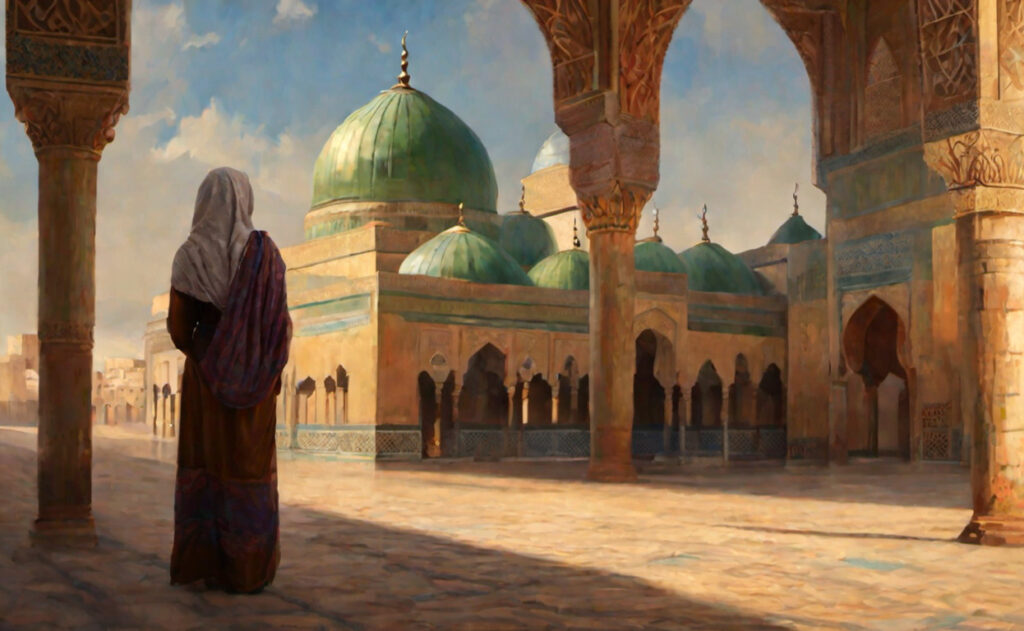
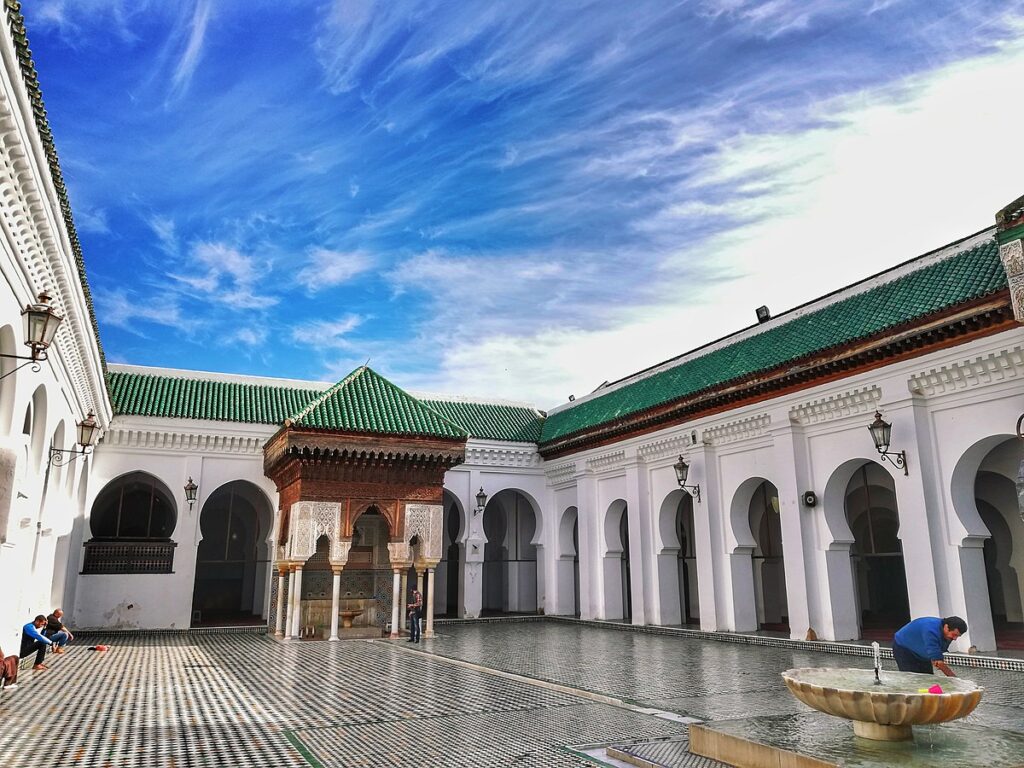
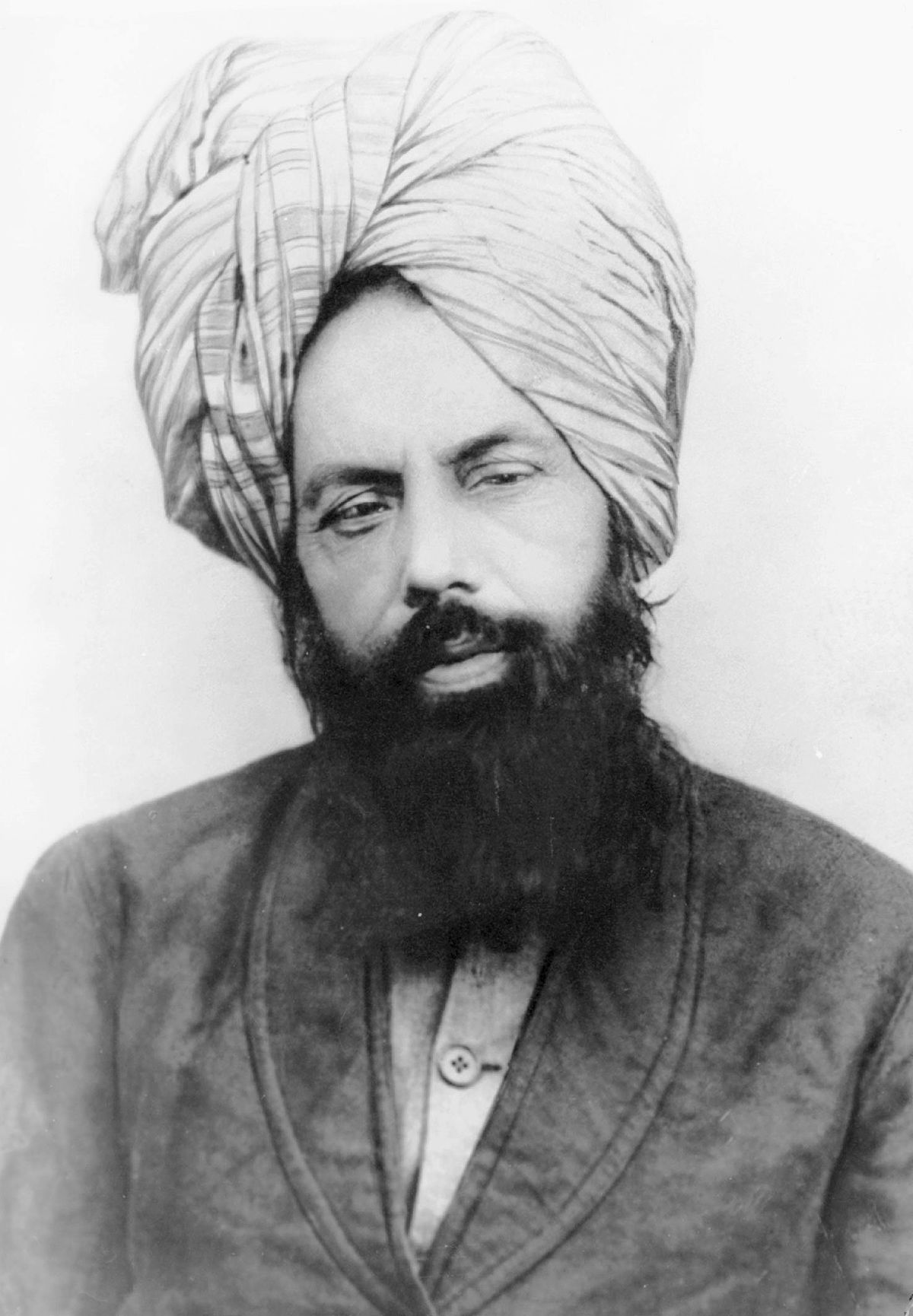
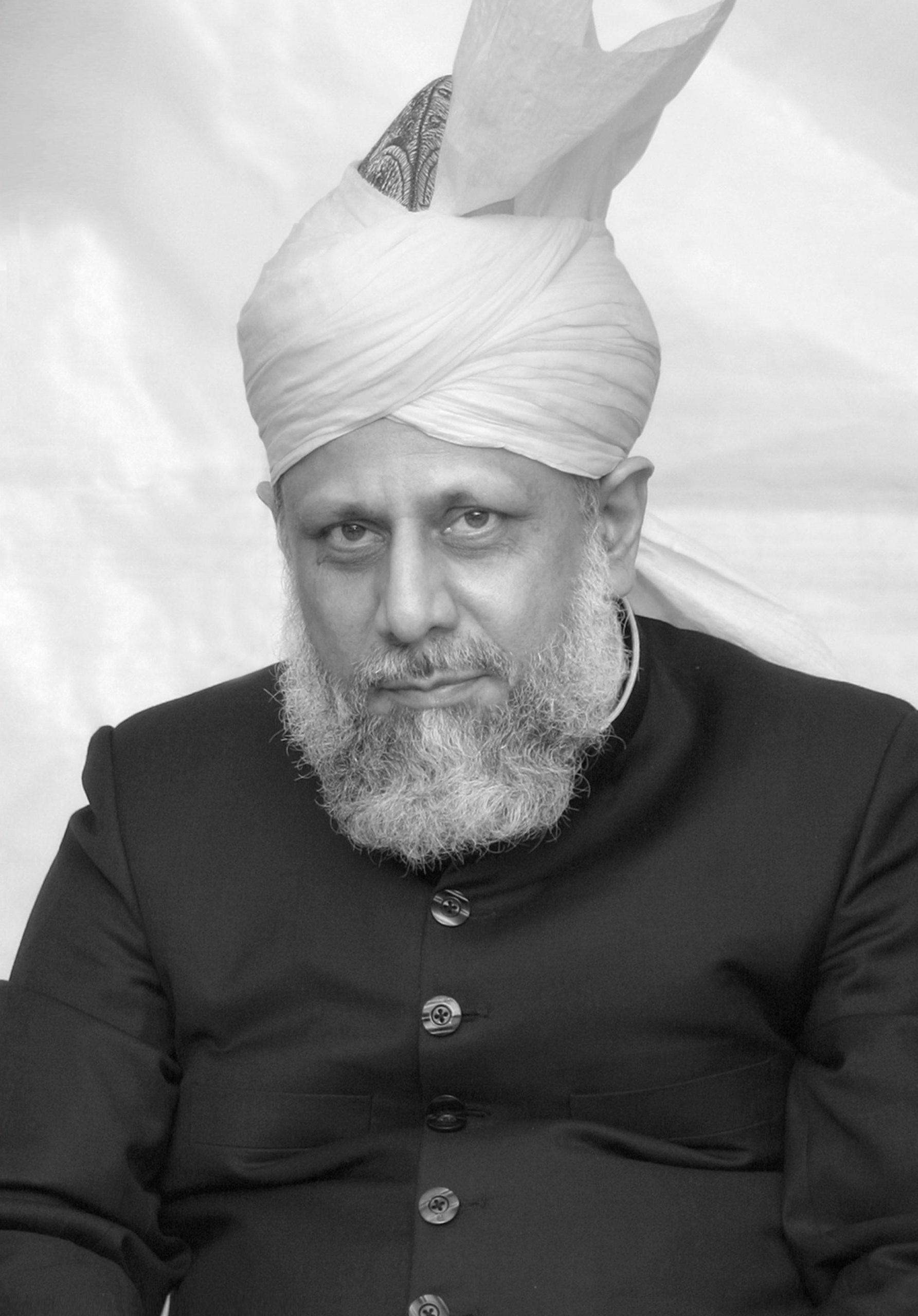






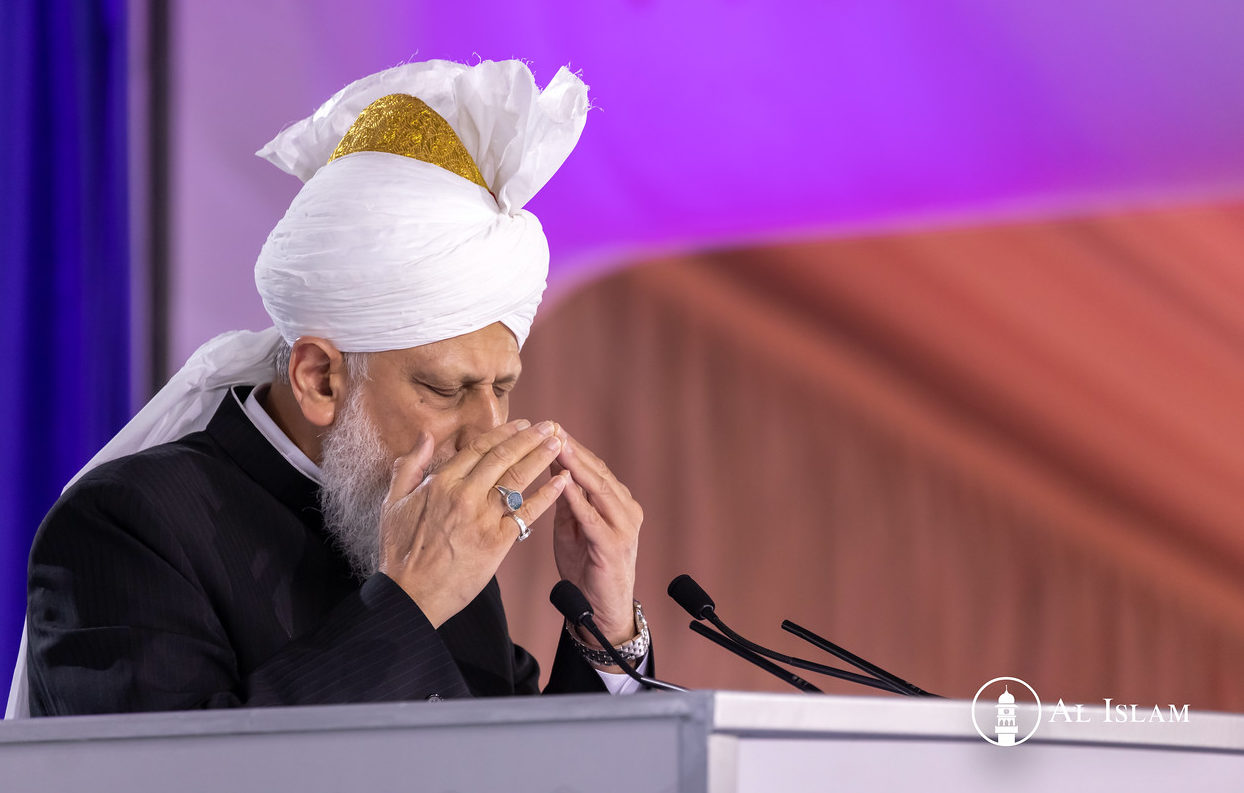

3 Comments
M.B.Tahir Ahmad · September 9, 2020 at 12:07 pm
Masha Allah.Informative Article.
Manoj Kumar Dewtwal · September 22, 2021 at 12:42 pm
It’s was really very nice bro . Especially those for who want to learn Islam.
Really appreciate your work .
Manoj Kumar Dewtwal · September 22, 2021 at 12:43 pm
Thanks for this article .it would be very beneficial Especially those for who want to learn Islam.
Really appreciate your work .